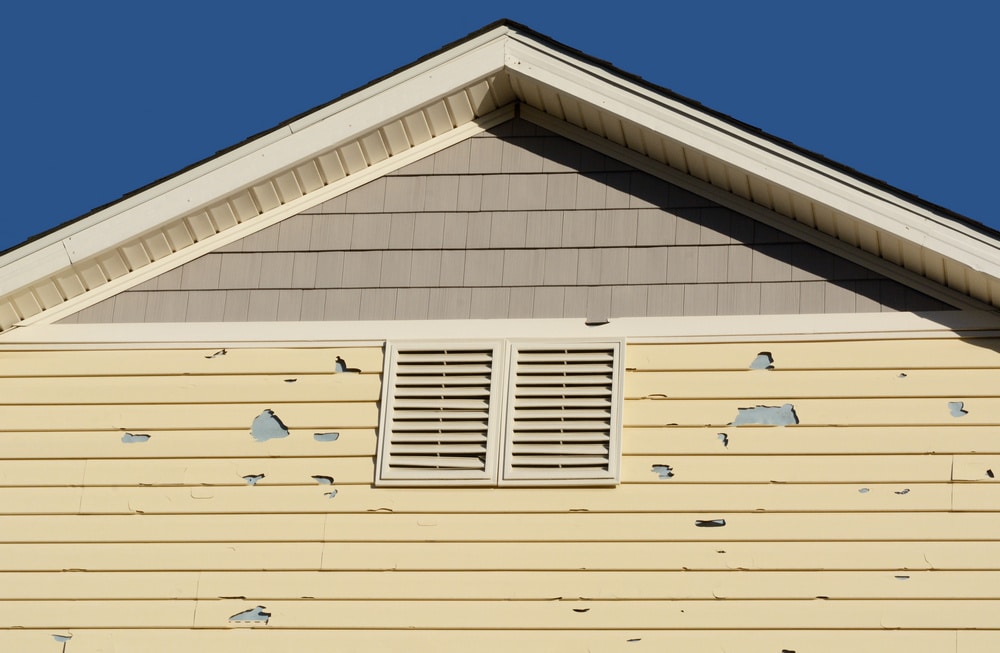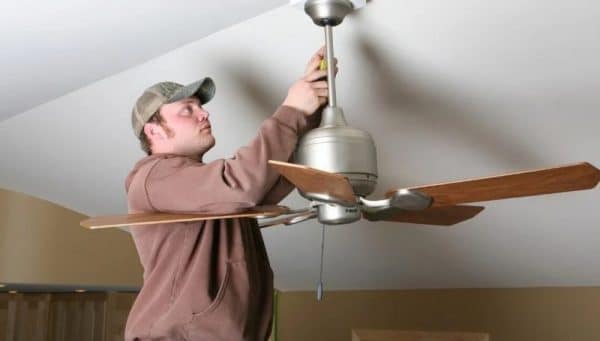
Siding is the material used to surface the exterior of a building to protect it from elements like extreme weather, debris, and pests. Sidings also prevent heat loss while visually unifying the front of your property. While sidings might not be at the top of your home improvement priorities, it’s crucial to your home’s energy efficiency, overall aesthetics, and integrity. Therefore, it requires attention like any other aspect of your home.
Like everything else, sidings get old and can start to fade, crack, leak, break, or rot. Therefore, it’s essential to identify these issues early, to avoid more significant damage in the future. For example, a minor crack can leak and cause the wood inside the siding to rot, which would mean replacing the wood and the siding instead of the siding alone.
If you don’t know what signs to look out for when your home siding requires replacement, keep reading to learn more.
1. Cracked, Warped, Or Rotting Siding
It is the most obvious indication that your siding can’t be repaired and needs replacement. If your siding is made from wood, look for any dark spots or any sign of crumbled panels. If you notice this, moisture has entered the wood fibers, and the laminate that should protect the wood siding begins to wear out. It causes the wood’s strength to break down through rotting, which will worsen if you don’t act on them immediately.
For vinyl siding, any visible warped or cracked sections of the siding might mean it’s rotten under the surface. The warped and cracked parts allow water to penetrate behind the siding, causing the siding to rot. Once your siding starts to crumble, you might need to reach out to Fairfax siding replacement and similar shops for quality services.
Also, you can test your wooden siding for dry rot by slightly knocking on the outside using a screwdriver handle. Once the wood splits, crumbles, or sounds hollow, it could signal deterioration. Dry rot is hardly noticeable as it grows under the surface, leaving the top part of the wooden siding intact. To test for vinyl siding damage, remove any pieces that appear loose. If they easily peel off, they should be secured to prevent the entry of any elements.

2. Blisters Or Bubbles On Your Siding
If you notice any blisters or bubbling forming under the surface of your siding, take note as it signifies moisture build-up within the siding. Since the siding should prevent water from infiltrating your house, blisters and bubbles show that the siding isn’t functioning efficiently.
3. Visible Fungus, Mildew, Or Mold
Be cautious of any visible growth on your sidings, such as fungus, mold, or moss. Although some fungi and molds are harmless, you should discard them once you notice them. Since mold, fungus, and moss thrive under wet conditions, their growth signifies that the water infiltrates your siding; hence you should address this issue immediately.
4. Paint Peeling Inside The House
Sometimes deteriorating siding can reveal itself inside the house. Noticing loose wallpaper or paint peeling inside the house can indicate moisture penetration inside the siding and walls. If not addressed, this can cause significant damage to your home.
5. Higher Energy Bills
Many factors can increase energy bills beyond the norm. However, if you’ve ruled out faulty insulation, attic leaks, increased energy rates, and drafty windows, the problem might result from the damaged siding. The primary purpose of siding is to help retain the heat and cold in your house by adequately insulating it from different elements. Damaged or old siding doesn’t insulate your home well, which can reflect in your energy bill.
6. Damage From Birds And Animals
If you reside near wooded areas, there are chances that nature’s critters have found their way into your home, possibly through your siding. If you notice birds, squirrels, and mice in your home, it could indicate that your siding has holes where these creatures pass through. If that’s the case, have it replaced, as these animals can cause significant damage to your home.
7. Severely Faded Siding
If your siding loses its color and fades severely, the weatherproof is nearing the end of its life. It doesn’t necessarily mean that your siding is damaged, but it’s high time to upgrade it before significant problems arise.
The Bottom Line
Siding is a low-maintenance option that adds extra value and beauty to your property. Unfortunately, it doesn’t last forever and needs maintenance to prolong its life. Therefore, if you notice any of the above signs, take action immediately before the problem escalates further. If you don’t act on them right away, these problems will only cause added stress and hurt your finances in the long run.









